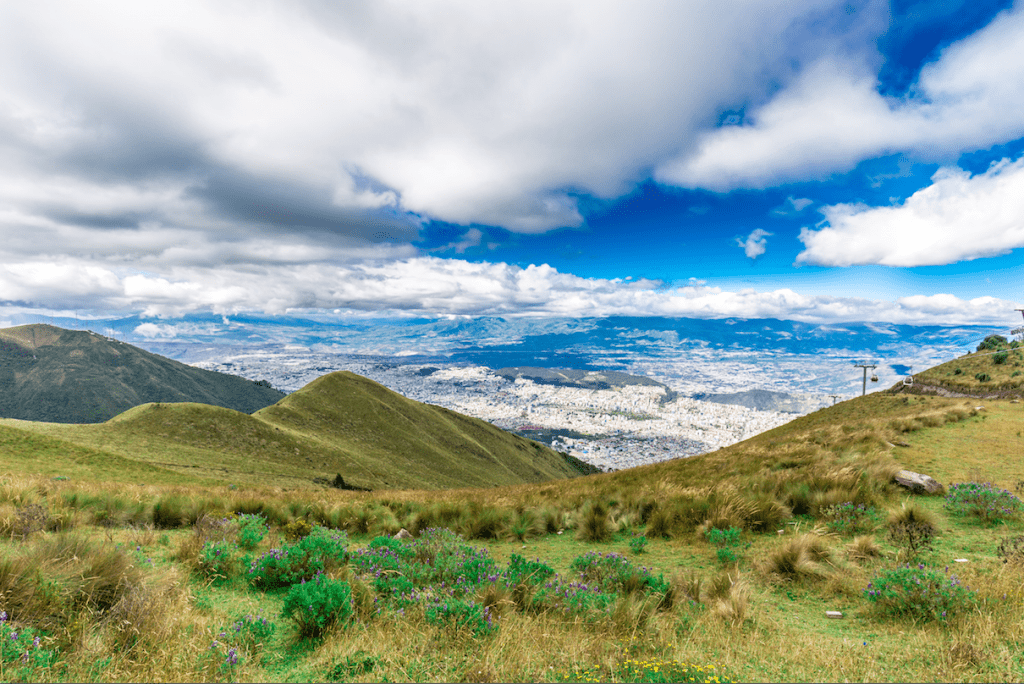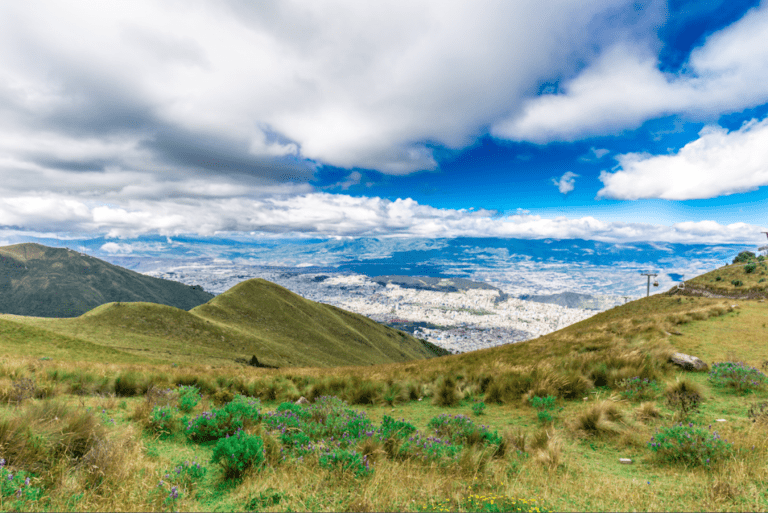The three major challenges in the water sector can be summed up as too little, too much or too dirty.
Water use over the last century has been growing by more than twice the rate of population increase. A central challenge for sustainable development is how to balance the competing uses of water; ensure that the needs of all are met – especially the poor and marginalised – and that the health and diversity of ecosystems are maintained.
By 2050, 70% of the world’s population will live in urban areas, putting pressure on river basins to balance the needs of humans and ecosystems. In many cases, urbanization, economic development, climate change and the need to produce more food for a growing population are limiting water availability.
So how are we supposed to overcome these challenges? Traditionally, we have approached this by manipulating our environment, building ‘grey’ infrastructure to manage the needs and impacts of human populations. We have cleared forests for agriculture and paved land for urbanisation to meet the needs of an exponentially increasing population without seriously considering the environmental consequences.
We have laid pipelines, diverted rivers, erected dams, dried up aquifers, flooded valleys, and polluted waterways all […]
Full article: Nature is teaching … are we learning?
More about nature and water:
We’re in a global water crisis. It’s time to turn to nature
UN promotes nature-based solutions to growing water shortages
Water for people or nature is a false choice.
An Unusual Partnership for People and Nature
Nature Is Speaking – Harrison Ford is The Ocean
Nature Is Speaking – Ian Somerhalder is Coral Reef
We can see how humans have altered Earth’s water resources



